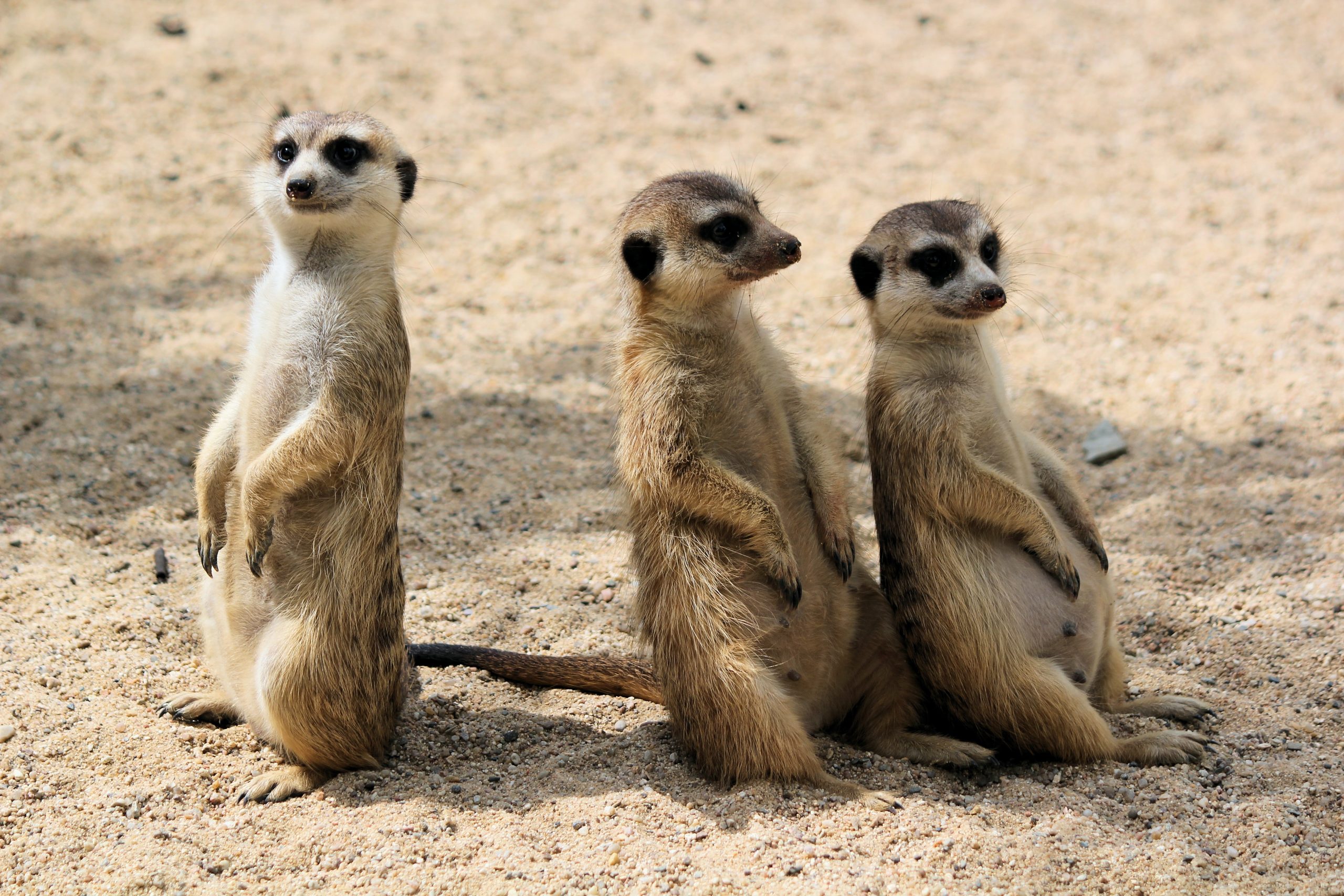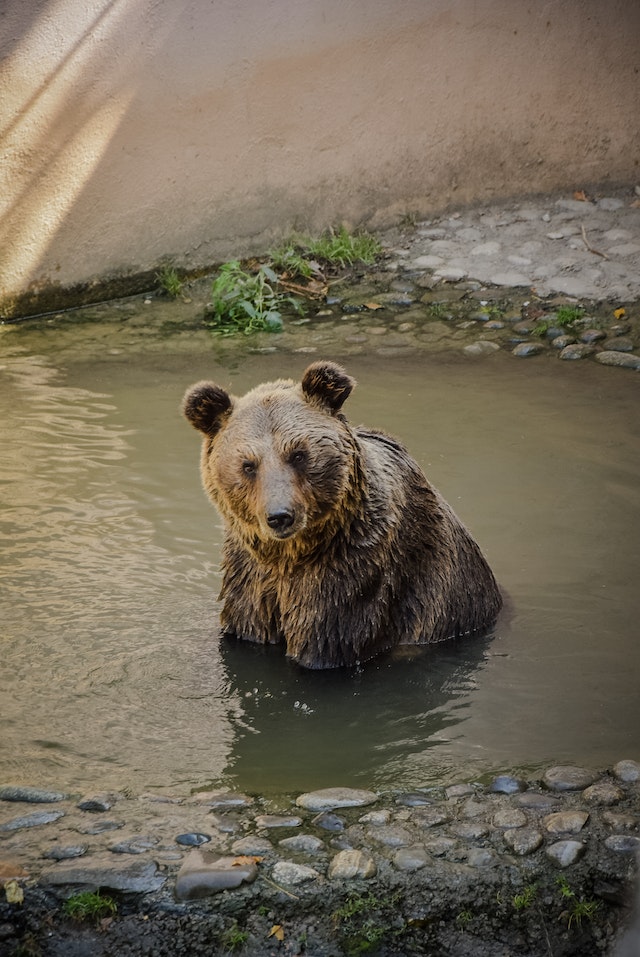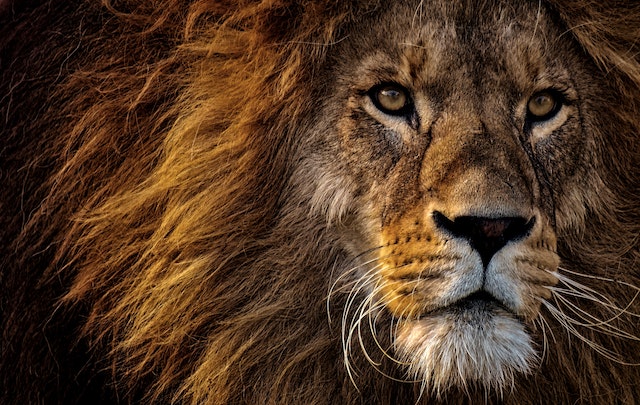In recent years, the concept of polyamory has gained greater acceptance and visibility within human society. But what about within the animal kingdom? Are there examples of animals engaging in consensual non-monogamous relationships? The answer is yes, and the complexities of these relationships provide fascinating insights into the wide range of behaviors exhibited by different animal species.
One example of polyamory in the animal kingdom can be found among some species of primates, such as chimpanzees and bonobos. These animals engage in complex social structures, often forming close bonds with multiple partners. In some cases, these bonds can even involve shared parenting responsibilities, with multiple individuals caring for offspring together.
Another example of polyamory can be found among certain bird species, such as the long-tailed manakin. Male long-tailed manakins engage in a unique mating behavior known as lekking, in which they gather in groups and perform elaborate dance routines to attract females. However, these males also engage in cooperative courtship displays with one another, often involving shared vocalizations and synchronized movements. This behavior is thought to help the males attract more females and increase their chances of mating.
But not all non-monogamous behavior within the animal kingdom is consensual. Some species engage in forced copulation, in which one individual forces itself on another. This behavior is seen among some species of ducks, in which males engage in aggressive behavior to force females to mate with them. However, even in these cases, there are examples of females engaging in consensual relationships with multiple partners.
Understanding the complexities of polyamory in the animal kingdom can provide important insights into the range of behaviors exhibited by different species. It also challenges the notion that monogamy is the “natural” or “normal” way of life for all animals. Instead, it highlights the diversity and complexity of animal behavior, and the importance of respecting and protecting these behaviors within their natural habitats.
However, it is important to note that applying human concepts such as polyamory to animal behavior can be problematic. Animals do not have the same social and cultural contexts as humans, and their behaviors cannot always be neatly categorized into human terms. As such, it is important to approach the study of animal behavior with an open mind and a willingness to learn from the complexity of nature.
In conclusion, the study of polyamory in the animal kingdom provides fascinating insights into the wide range of behaviors exhibited by different species. While some animals engage in consensual non-monogamous relationships, others engage in forced copulation. Understanding these complexities can help us better appreciate the diversity of nature and challenge our assumptions about the “normal” way of life for animals.











